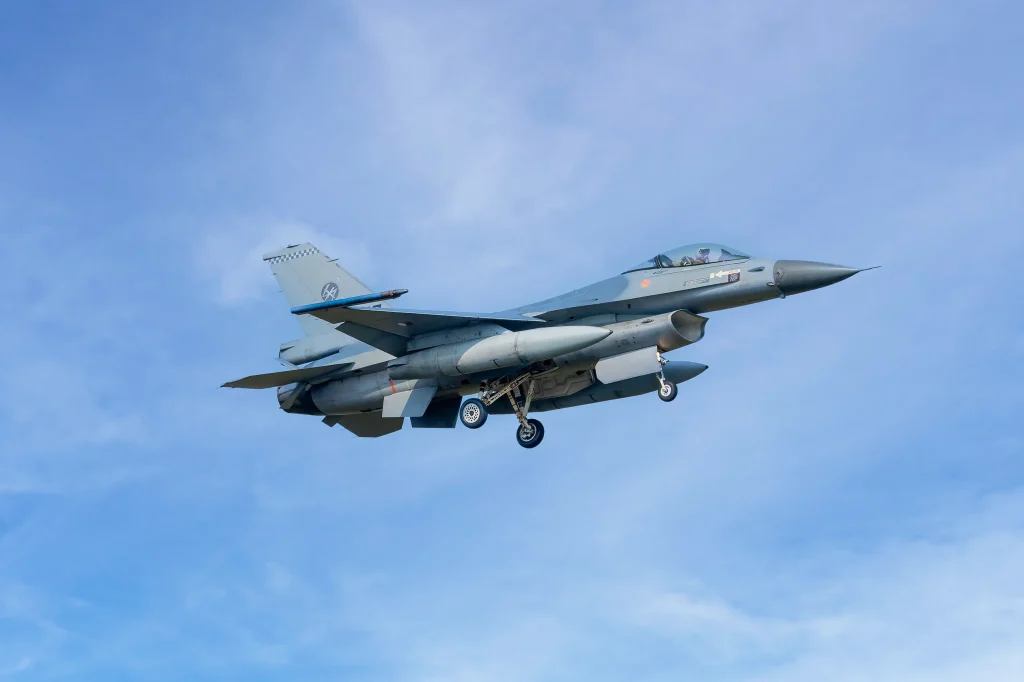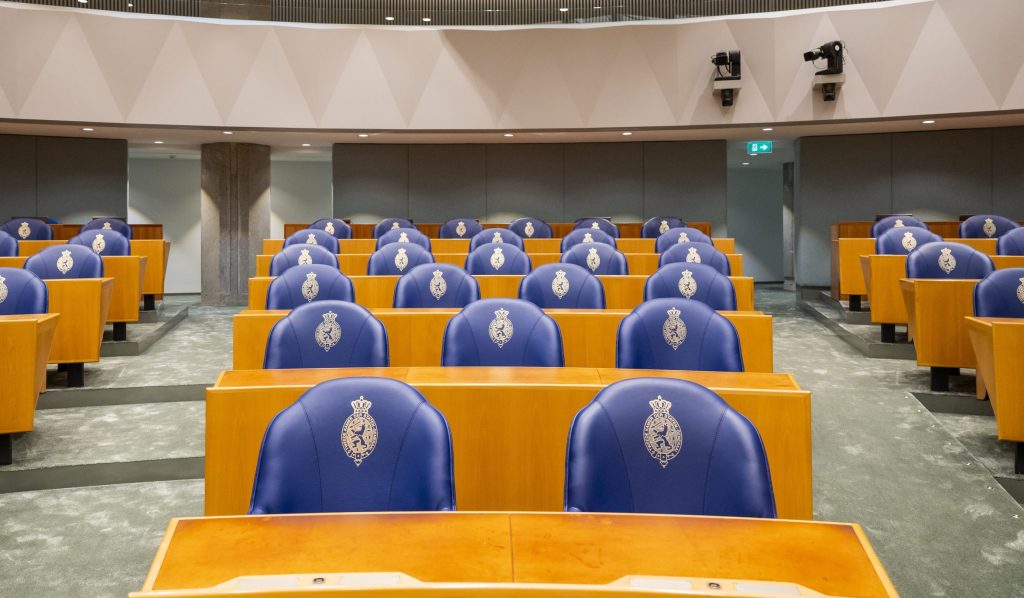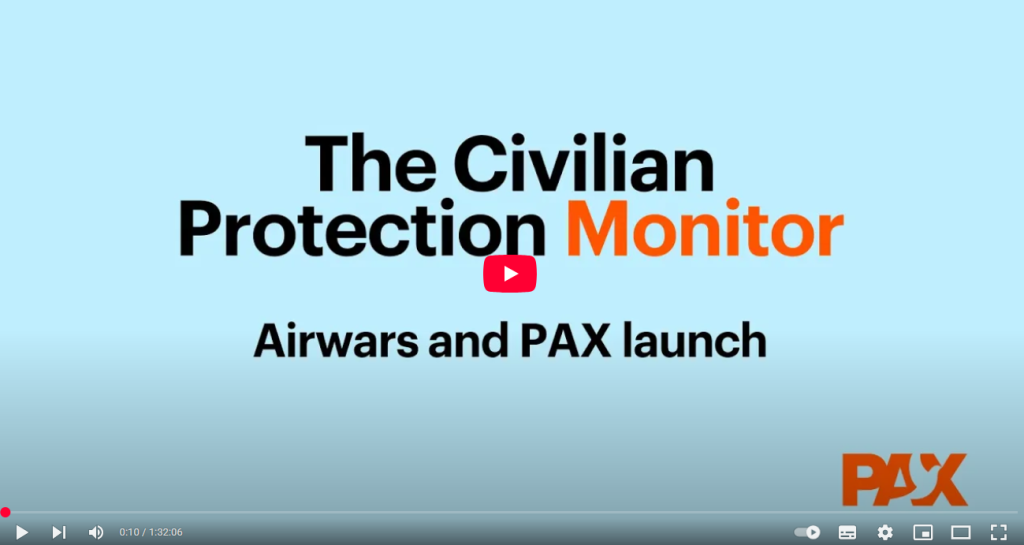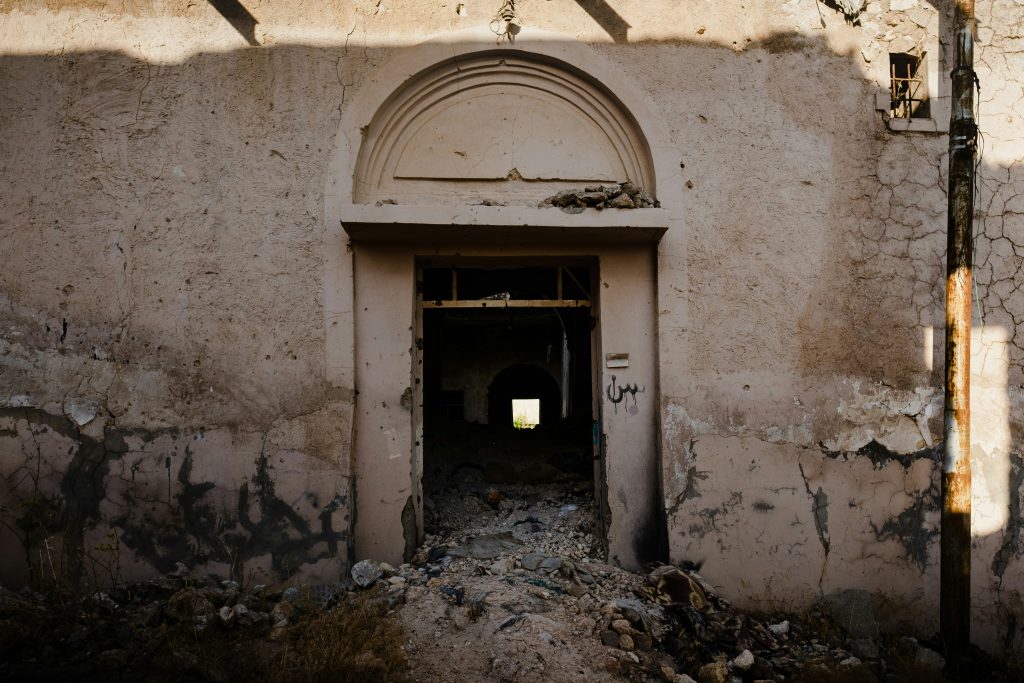© Joel Rivera-Kamacho/Unsplash, 2021
THE CIVILIAN PROTECTION MONITOR
The Civilian Protection Monitor is a framework for monitoring state policy and practice on the protection of civilians from their own military actions. Through in-depth analysis of publicly available documents, we aim to provide reliable and independent analysis of state efforts to protect civilians in conflict, in order to push for stronger approaches through the power of accountability, transparency, and collective action.
CPM covers the policies and practices of the United States of America, the United Kingdom, and the Netherlands since 2001, measuring their efforts across five indicators. We will expand the number of countries analysed and the number of indicators in the near future.
Country reports

United States
Emerging Leader
1. National Policy
l
2. Civilian Harm Tracking
e
3. Investigations
e
4. Public Reporting & Transparency
el
5. Post-Harm Response
e

United Kingdom
Uncommitted
1. National Policy
e
2. Civilian Harm Tracking
u
3. Investigations
u
4. Public Reporting & Transparency
u
5. Post-Harm Response
u

The Netherlands
Engaged
1. National Policy
el
2. Civilian Harm Tracking
e
3. Investigations
e
4. Public Reporting & Transparency
el
5. Post-Harm Response
e
News overview

Civilian harm in the campaign against ISIS: An updated transparency audit
By Jessica Garlasco In 2014, Operation Inherent Resolve (OIR) was launched to counter the Islamic State (ISIS) in Iraq and Syria. The US-led campaign claimed victory in countering the territorial gains of ISIS in 2019 as the final territory in Baghuz was reclaimed. Yet as the conflict unfolded across cities and towns, it brought severe […]

As Airwars takes on the leadership of the Civilian Protection Monitor, we are looking to widen and diversify our partner base
As Airwars takes on the leadership of CPM, we are inviting new partnerships to broaden our impact and deepen our collective capacity to drive meaningful change. We are seeking both formal and informal collaborations with innovative civil society partners, academic organisations, think tanks, and others working to improve civilian harm mitigation and response (CHMR) standards […]

In Preparing for Large-Scale Conflicts, States Neglect Lessons on Civilian Protection at Their Peril
By Lucca de Ruiter, Erin Bijl and Megan Karlshoej-Pedersen This article was first published on Just Security on August 14th. As the international security environment grows more volatile and major militaries shift focus from counterinsurgency and counterterrorism to large-scale combat, critical lessons on reducing and addressing civilian harm from their own operations risk being shelved […]

The Netherlands expands its CHMR foundation
In April, Airwars and PAX officially launched the Civilian Protection Monitor. This moment was accompanied by the release of our three annual country reports on the US, UK, and the Netherlands respectively, covering developments up until 1 February 2025. The next iteration of these in-depth reports will be published in early 2026 (see our ‘Methodology’ […]

The Civilian Protection Monitor is live!
The Civilian Protection Monitor (CPM) has gone live as of last week: a groundbreaking tool designed to assess and analyse how states commit to mitigating and responding to civilian harm. This project is the result of tireless research, collaboration, and a deep commitment to improving accountability and protection for civilians in conflict zones. How did we […]

The CHMR imperative: safeguarding civilians in modern warfare
This explainer clarifies the central focus of the Civilian Protection Monitor: civilian harm mitigation and response (CHMR). While CHMR activities can safeguard civilians and fulfill moral, legal, political and strategic imperatives for governments and militaries alike, CHMR stands at a crossroads in the face of political pressure and conflicts that push at international norms. Yet […]
About us
The Civilian Protection Monitor (CPM) is a collaborative project led by Airwars, designed to provide in-depth analysis on states’ approaches to the protection of civilians in armed conflict. It was co-developed with PAX, based on a framework initially created by the Center for Civilians in Conflict (CIVIC).
CPM provides civil society organisations and coalitions with a shared vocabulary and system of measurement through which to press for a higher standard of protection and transparency; it also established an external benchmark for governments to track their progress, evaluate their standing among peer countries, and identify solutions to gaps.
